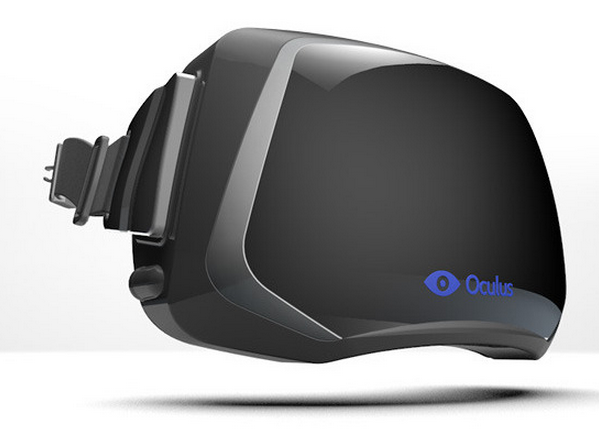
Augmented Reality glasses have a vast number of useful applications in real-world scenarios. Wearable AR will fundamentally simplify the actions of everyday life. Three categories where I see huge potential for Google Glass and other Mobile Augmented Reality glasses include tasks, engagement and discovery, and military and communications.
- Tasks. Imagine a carpenter measuring distances with precision accuracy simply by looking at the surface of an object with which he is working.
- Engagement and discovery. From a marketing perspective, imagine a user flipping through a newspaper or a catalog and seeing customized, hidden, or even exclusive content and deals tailored to their personal interests or shopping habits.
- Military and communication. Augmented Reality is already used to improve communication and interactivity between troops on the ground. Troops use wearable AR to identify hostiles, mark locations of friendlies and enemies alike, and coordinate mission logistics by allowing their squadron leader to add mission critical information to the “Heads Up Display” or HUD of his or her troops and update them in real-time.
Who will use Augmented Reality glasses?
There are three distinct audiences emerging that we expect to engage with consumer wearable Augmented Reality devices:
- Savvy technologists. Early adopters and millennials who always have the latest and greatest hardware and software with a special interest in emerging technologies. People who always have the latest mobile device will also be the first to dive into consumer wearable Augmented Reality.
- Required adopters. People who are required to adopt the technology to perform or enhance the performance of their job or trade. Imagine a police officer using them to pull up car tags or drivers license information.
- Casual participants. Similar to mobile device adoption, the general masses may be slow to enter the fray but they will be engaged with wearable AR before you know it. Casual participants will start out using AR for its entertainment and utility applications, but later be dependent on the technology in some way similar to the current dependency of casual users on mobile apps.
In their infancy, apps were seen by a majority of consumers as games and utilities that were cool or fun to use. Now apps have become a necessity for many consumers and businesses. Many present-day smartphone and tablet users would state that they simply cannot comprehend how they functioned in their lives B.A. (“Before Apps”… yes, I said it).
Google Glass and Oculus Rift – I’m in!
As soon as I can get my hands on a pair of Google’s Glass and Oculus Rift headsets, I’ll be sporting them around town. Oculus Rift has been gaining an incredible amount of support by the user community. I would be more likely to wear the Google headset in public, but the feeling of complete immersion that is provided by the wide field of view in the Oculus Rift headset will set the bar for AR.
I think that the most engaging and jaw-dropping AR experiences will be best experienced through Oculus-like headsets running specially designed software and games that truly make the user “believe” and truly experience this new reality.
Augmented Reality glasses: Marketing and social impact
AR will help to redefine the social and marketing spaces by allowing virtual content and virtual sharing mechanisms to exist outside of the physical (and printed) world. This allows an entirely new level of digital exclusivity and gives developers a way to offer personalized, custom content to users based on their locations, interests, social networks, or simply by allowing them to “explore” the world.










